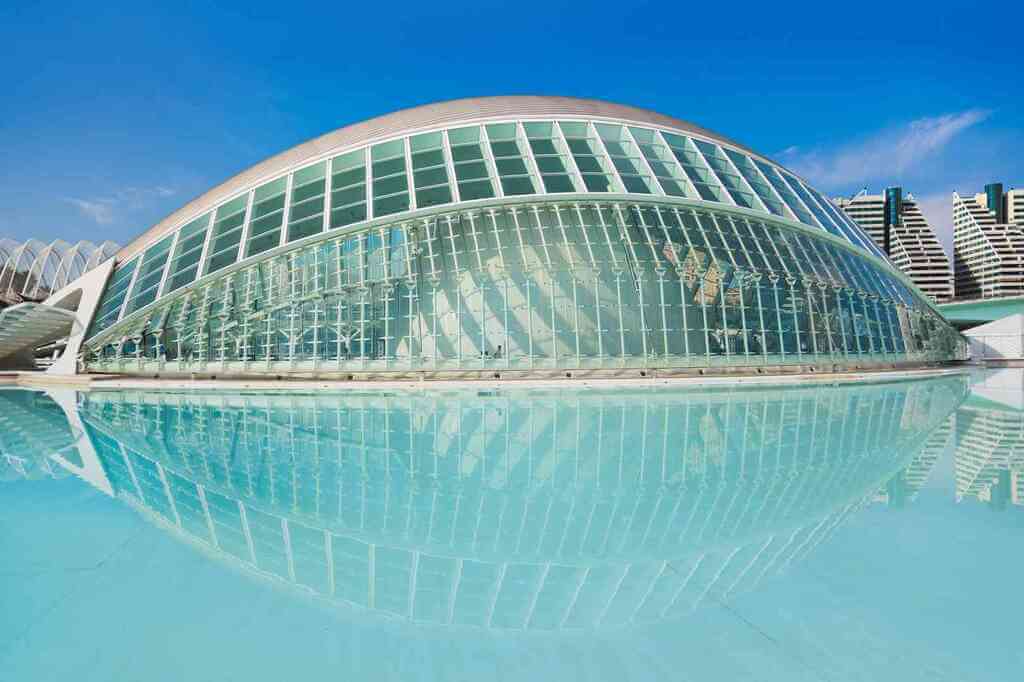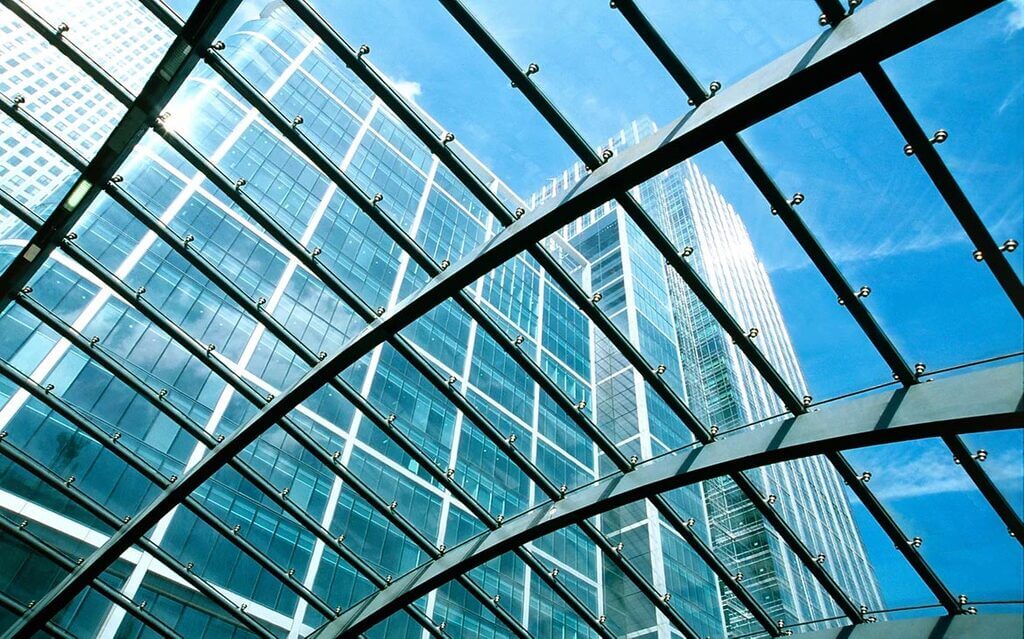As a Canadian homeowner looking to buy energy-efficient windows for your home, you may hear the term Low-E glass used quite frequently. What does it mean? Why do you need it?
To answer these questions, we have reached out to Ecoline, Canadian window installation experts, and this is what they have to say about using Low-E glass windows. Keep reading!
Low-E Glass Explained
The low-E glass is a special glass that has low emissivity. Emissivity is a factor used to measure how effective a glass surface is in emitting thermal energy (heat) through radiation. In other words, a low emissivity glass reflects heat from the sun back outside and the heat from inside the house back in. Pretty awesome tech, right?
Low emissivity is made possible because the interior-facing surfaces of the panes are treated with specially formulated coatings such as silver oxide or tin that help reflect heat. The layer of coating that is applied is often very thin. Therefore, it is not visible to the naked human eye. It also does not wear off or scrape off because it is sandwiched between the panes.
Benefits of Low-E Glass

There is a long list of pros to choose from when considering installing Low-E windows in your home. But here are five major reasons why many Canadian homeowners love them:
- Low-E windows are durable and typically serve several decades, depending on the climate and type.
- Low-E windows are super energy efficient. They ensure that your home stays cool during the summer and warm during the winter by keeping the heat and cold out respectively during both seasons.
- Low-E windows filter out heat from radiation while letting visible light permeate through. This way, you can always count on natural, bright light-diffusing within your home without the added heat from UV and infrared lights.
- Low-E windows are cost-saving. They ensure that your heating and cooling costs are reduced all year long because they are energy-efficient.
- Low-E windows protect your furniture and fabrics from sun damage caused by ultraviolet (UV) rays.
What Makes Low-E Glass Energy-Efficient?
The thin film of specially formulated silver oxide or tin coatings helps reduce the heat levels within your home by reflecting both infrared and ultraviolet rays away from the glass, back outdoors. This process ensures that your windows’ have low Solar Heat Gain Coefficient (SHGC) and U-factor ratings.
For anyone who isn’t familiar with these terms, SHGC indicates how much solar heat permeates through your window, while U-factor ratings indicate how much non-solar heat your window conducts over time. Low ratings for these two factors are the key requirements for an energy-efficient window.
Types of Low-E Glass Windows
Although the thin layer of silver oxide coating low-E glass is not visible to the naked eye, the glass itself is very easy to spot. Low-E glass has a bluish or greenish tint compared to regular glazed windows. This tint is more visible when a white piece of paper is placed behind it.
Now that you know this, there are two main types of Low-E windows, namely:
- Hard Coat Low-E Insulated Windows, and
- Soft Coat Low-E Insulated Windows.
Hard Coat Low-E Insulated Windows
Hard coat windows are manufactured using the pyrolytic process. During this process, the coating is applied to the glass while it is in its molten state. This causes the coating to become fused or welded to the glass surface, making it difficult to remove.
Soft Coat Low-E Insulated Windows
Soft coat windows are made by passing pre-cut glass through a vacuum chamber and coating them with silver using a process known as Magnetron Sputtering.
Comparing Hard and Soft Coat Low-E Windows

Because hard and soft coat windows are made using two different processes, they have distinct properties, including:
- U-Factor Rating: Soft coat glass has a relatively higher U-factor rating than hard coat glass, making it more energy-efficient.
- Solar Heat Gain Coefficient (SHGC): Soft coat glass has a relatively higher SHGC rating than hard coat glass, making it more energy-efficient.
- Visible Transmittance (VT) Rating: The VT rating measures how much visible light glass lets pass through it. Soft coat glass has a higher VT rating than hard coat glass, providing greater optical clarity.
- Durability: Soft coat glass is fragile and needs to be handled with special gloves compared to durable hard coat glass.
- Cost: Soft coat glass is more expensive than hard coat glass on the window market.
Which Type of Low-E Coating Glass is Best for Canadian Climate?
The Canadian climate is known for harsh weather conditions depending on the region. Therefore, it does make sense to want some level of infrared rays to permeate your home outdoors.
For this reason, it is best to use double or triple-paned hard coat glass for your windows to ensure the adequate thermal performance of your house. Its lower SHGC and U-factor ratings will let more infrared rays enter your home.
In conclusion, choosing to use Low-E glass for your windows and doors will be the best choice for your home in the long run.
Read more:-

